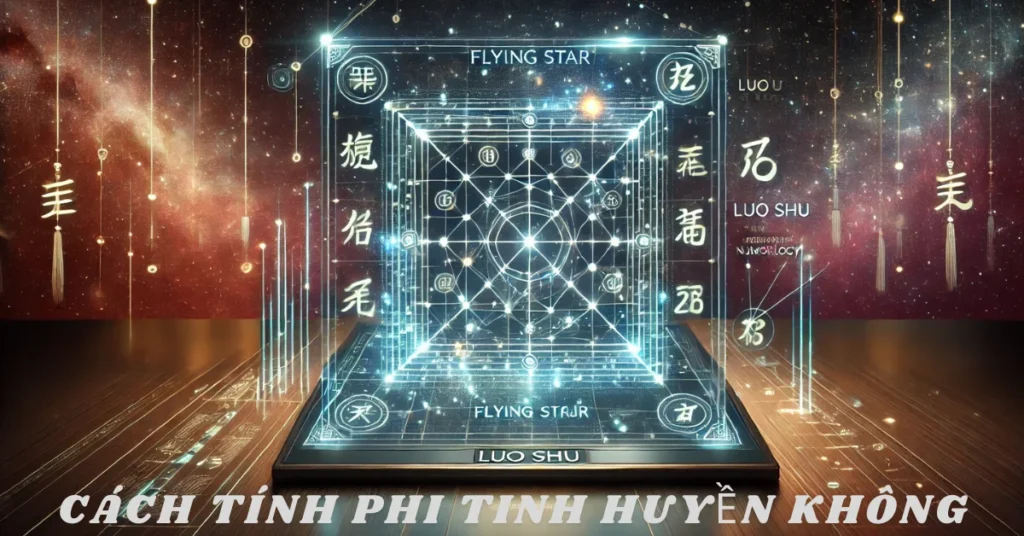Introduction
Feng Shui is an ancient Chinese practice that has been used for centuries to bring harmony and balance to living spaces. One of its most powerful methods is cách tính phi tinh huyền không, also known as Flying Star Feng Shui. This system helps analyze the shifting energy patterns in a space, allowing us to enhance positive influences and neutralize negative ones.
Understanding cách tính phi tinh huyền không
Flying Star Feng Shui is based on the movement of nine flying stars, which are dynamic energy forces that influence different sectors of a space. This method is widely used in modern Feng Shui applications to improve prosperity, health, and relationships.
Origins of Flying Star Feng Shui
The Flying Star method originates from classical Chinese metaphysics and is linked to the Lo Shu Square, a magic square used in ancient calculations. The system operates in 20-year cycles, which influence how the stars impact different buildings and environments.
Key Principles
- Every space is divided into nine sectors based on the Bagua.
- The stars move annually and monthly, creating different energy patterns.
- By understanding the placement of stars, we can optimize Feng Shui for prosperity and well-being.
How to Calculate Flying Stars (Cách Tính Phi Tinh Huyền Không)
Step 1: Determine the Construction Period of the House
Each house falls into a Feng Shui period (e.g., Period 8: 2004-2023; Period 9: 2024-2043). This determines the base energy of the home.
Step 2: Identify the House’s Facing Direction
Using a Feng Shui compass (Luo Pan), find the exact facing direction of your house. This is essential for accurate star placement.
Step 3: Use the Lo Shu Square to Plot the Stars
Once you have the direction, place the stars into the 9-grid format according to traditional formulas.
Step 4: Distribute the Flying Stars
The Mountain Star, Water Star, and Period Star are assigned to different sectors to analyze the home’s energy.
Meaning of the 9 Flying Stars
Each star has specific influences:
- Star 1: Career and wisdom (Water element)
- Star 2: Illness and misfortune (Earth element)
- Star 3: Arguments and conflict (Wood element)
- Star 4: Academic success and love (Wood element)
- Star 5: Disaster and obstacles (Earth element)
- Star 6: Authority and leadership (Metal element)
- Star 7: Theft and loss (Metal element)
- Star 8: Wealth and prosperity (Earth element)
- Star 9: Future success and fame (Fire element)
Practical Applications in Feng Shui
- Enhance good stars with elements that support their energy (e.g., adding water features for Star 1).
- Neutralize bad stars with Feng Shui cures (e.g., placing metal objects to weaken Star 5).
Annual and Monthly Flying Stars
The stars shift each year and month, affecting different areas of your home. Keeping track of these changes allows for timely adjustments.
Common Mistakes in Flying Star Feng Shui
- Misidentifying the house’s facing direction
- Neglecting annual adjustments
- Overlooking elemental interactions
Conclusion
Applying Flying Star Feng Shui can significantly impact your home’s energy, influencing your wealth, health, and overall well-being. By understanding and adjusting these energies, you can create a more balanced and prosperous living environment.






